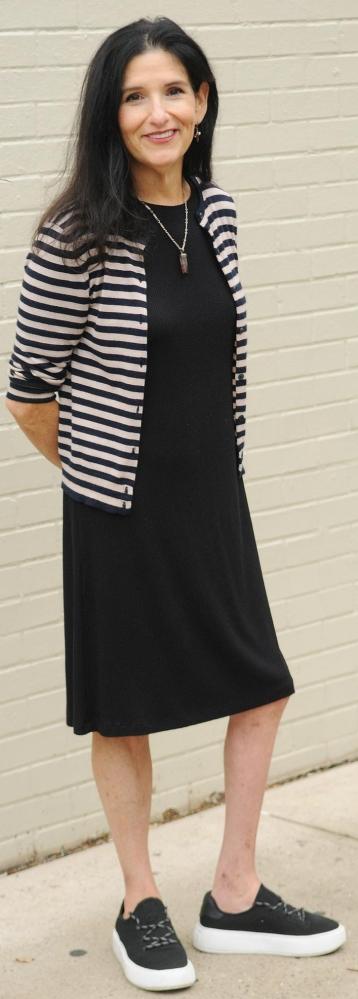
She is helping students at the Williamsburg HS for Architecture and Design in Brooklyn recover from the pandemic.
How is this school year different for you?
It’s been tough! Everyone is shell-shocked, and no one knows what to expect. Nobody wants to share their trauma with each other yet. I have 47 students for mandated counseling, which is huge. Last year I had about 30. We’ve had no normal orientation process. The classrooms are packed to capacity. Some students need counseling more than once a week, and it’s hard to access mental health services outside of school for them because providers have long waiting lists. Teachers need help from me with tough situations more often than they have in past years. There aren’t enough hours in the day to do everything that needs to be done.
At the same time, the kids are so happy to be back. Aside from the masks, the atmosphere in the hallways and the cafeteria is like a regular school year. It’s great to see their excitement about being together.
How has the pandemic affected your work as a school social worker?
With adolescents, you have to earn their trust in whatever way you can engage with them. Face to face is always much easier, but last year some of my kids in group counseling on Zoom said things like, “I don’t want to put my face on camera, but I do want to talk to you on the phone.”
A lot of our students were really on the front lines in terms of witnessing family members or friends dying. We had kids whose parents were terrified and wouldn’t let them out of the house. I did a lot more work with families because parents needed help navigating their relationships with their kids. There was a lot of suicidality among students, which is very scary for parents, and they were so scared to get help for their kids because they thought ACS (the city Administration for Children’s Services) would automatically get involved.
How do you handle students in crisis?
If a student is violent, first I want them to get control of their bodies and minds. I verbally let them know, “Do what you have to do, get it all out and let me know when you’re done.” If a student has to deescalate, they don’t want to go into a safe space where they breathe deeply yet. I let them yell and scream and curse; I would rather they curse than throw punches. Stress balls never work, but they can stomp on the ground or bang their fists.
I let them know I trust them, because so many people don’t trust them because they look a certain way or say a certain thing. That’s how I engage. Then most of the time they start crying, and I pass them tissues and shut my blinds and give them whatever time they need. Kids in crisis don’t feel connected and don’t feel in control of themselves. I try the best I can to give control to them.
Why is it important to have a social worker in a school?
It’s not just about mental health services for the students. The social worker is there for the whole school! If a student is in crisis, having a social worker available to intervene means that student gets the help they need while the rest of the class continues to get instruction.
Everyone on our staff knows they can call me to come into their classrooms and observe kids or assess situations. I’m also there for teachers if they need emotional support or if they can’t figure out how to approach a problem.
— As told to reporters Rachel Nobel and Hannah Brown